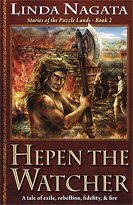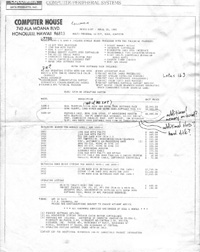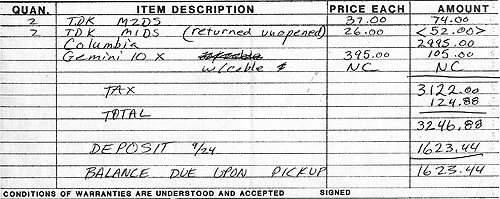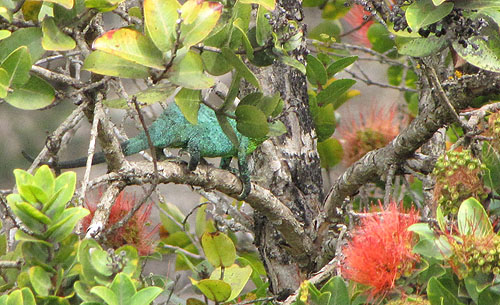This is a post about partially disengaging from social media—primarily Twitter.
 Yesterday I returned home from a nine-day trip to Japan. We had Internet while there, but I didn’t post anything on Twitter or Facebook, and only briefly checked what others were posting — and it was nice to take a break.
Yesterday I returned home from a nine-day trip to Japan. We had Internet while there, but I didn’t post anything on Twitter or Facebook, and only briefly checked what others were posting — and it was nice to take a break.
Twitter can be fun, and it can be a fantastic source for links to cutting edge science, technology, politics, or whatever you might be interested in. For writers like me, with strong hermit tendencies, it’s also a means to interact on occasion with fellow humans…or perhaps just to lurk and observe the interactions of fellow humans.
But for me, more and more, Twitter has gotten to be about what it shouldn’t be about: measuring my own popularity — or lack thereof! 😉
Welcome to Insecure Writerland!, where the brain becomes absorbed with such critical questions as:
* Who’s following me?
* Who’s not following me and WHY? (Always the more important question!)
* Why has no one responded to my beautiful sunset picture? It’s been five minutes …. ten … thirty. Not even a like? WTF? I have over two thousand followers! Clearly I’m not on any special pay-attention-to-these-people lists! I’ve been filtered out! Maybe even muted!
* Should I take that sunset tweet down? (Yes, I have taken down sad and lonely tweets.)
Aside from social validation, the other great illusory promise of Twitter for hermit writers like me is that it offers a means of influencing the course of a career. Back in the old days, a book was published and either magic happened and sales took off or, more likely, magic didn’t happen and the book quickly went out of print. Sure, you could go to conventions and try to push the book to target readers and maybe that would get you some momentum, but from a return-on-investment perspective, money spent on conventions will never be made up in book sales, unless you are already a big-name writer. (This is especially true if you live in Hawaii, and have to fly to the mainland.)
So social media feels empowering because it’s a way to promote your work, and maybe survive as a writer, without emptying the bank account. I do think social media is helpful. For writers with skills at this social stuff I think it helps a lot. But you get what you give. (Maybe. Sort of. If you’re lucky.) In any case, growing an audience takes time and talent that might otherwise be spent writing.
So yesterday when I reappeared on Twitter and asked:
…it was something of an experiment, a means of checking my Twitter footprint — and at first it didn’t look like I had one! 😉
In the end though, I got some likes and some responses, and it’s all good.
Still, I am a hermit writer. I do better work when I’m focused on the work, rather than on whether or not I’ve managed to get a response out of Twitter.
So I’m going to try to blog a little bit more and check in on Twitter a lot less. My time away taught me that it’s at least possible to disengage from social media. We’ll see how it goes long term.
Oh, and expect a couple of brief posts on Japan!
 I’ve participated in “Book Quote Wednesday” on Twitter for the past several weeks. Though the activity was created as a promotional tool, my experience shows it to be ineffective in that regard. I haven’t seen any effect on sales. Nevertheless, it’s kind of fun.
I’ve participated in “Book Quote Wednesday” on Twitter for the past several weeks. Though the activity was created as a promotional tool, my experience shows it to be ineffective in that regard. I haven’t seen any effect on sales. Nevertheless, it’s kind of fun.







 Yesterday I returned home from a nine-day trip to Japan. We had Internet while there, but I didn’t post anything on Twitter or Facebook, and only briefly checked what others were posting — and it was nice to take a break.
Yesterday I returned home from a nine-day trip to Japan. We had Internet while there, but I didn’t post anything on Twitter or Facebook, and only briefly checked what others were posting — and it was nice to take a break.






